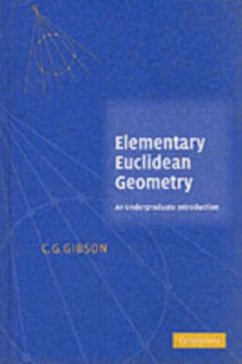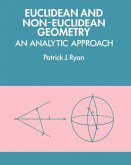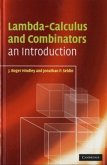This book, first published in 2004, is a genuine introduction to the geometry of lines and conics in the Euclidean plane. Lines and circles provide the starting point, with the classical invariants of general conics introduced at an early stage, yielding a broad subdivision into types, a prelude to the congruence classification. A recurring theme is the way in which lines intersect conics. From single lines one proceeds to parallel pencils, leading to midpoint loci, axes and asymptotic directions. Likewise, intersections with general pencils of lines lead to the central concepts of tangent, normal, pole and polar. The treatment is example based and self contained, assuming only a basic grounding in linear algebra. With numerous illustrations and several hundred worked examples and exercises, this book is ideal for use with undergraduate courses in mathematics, or for postgraduates in the engineering and physical sciences.
Dieser Download kann aus rechtlichen Gründen nur mit Rechnungsadresse in A, B, BG, CY, CZ, D, DK, EW, E, FIN, F, GR, HR, H, IRL, I, LT, L, LR, M, NL, PL, P, R, S, SLO, SK ausgeliefert werden.









